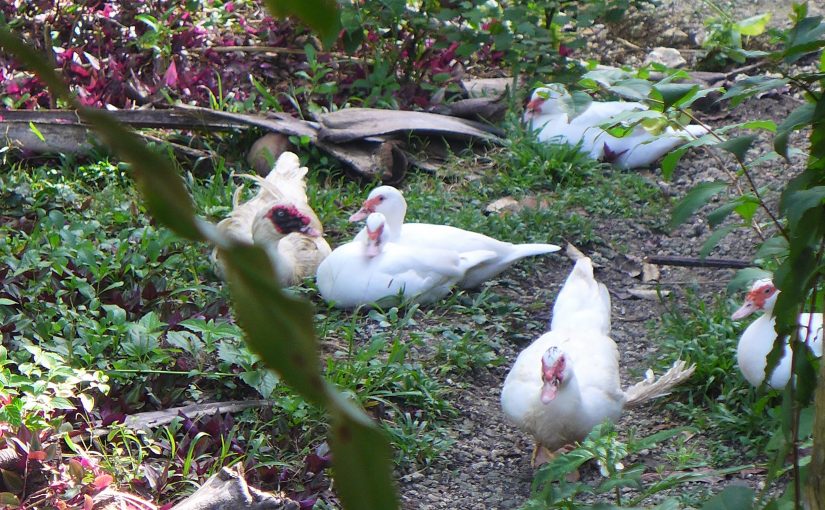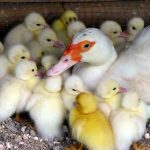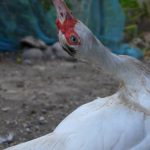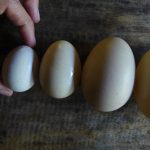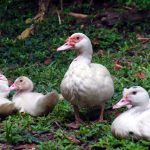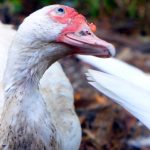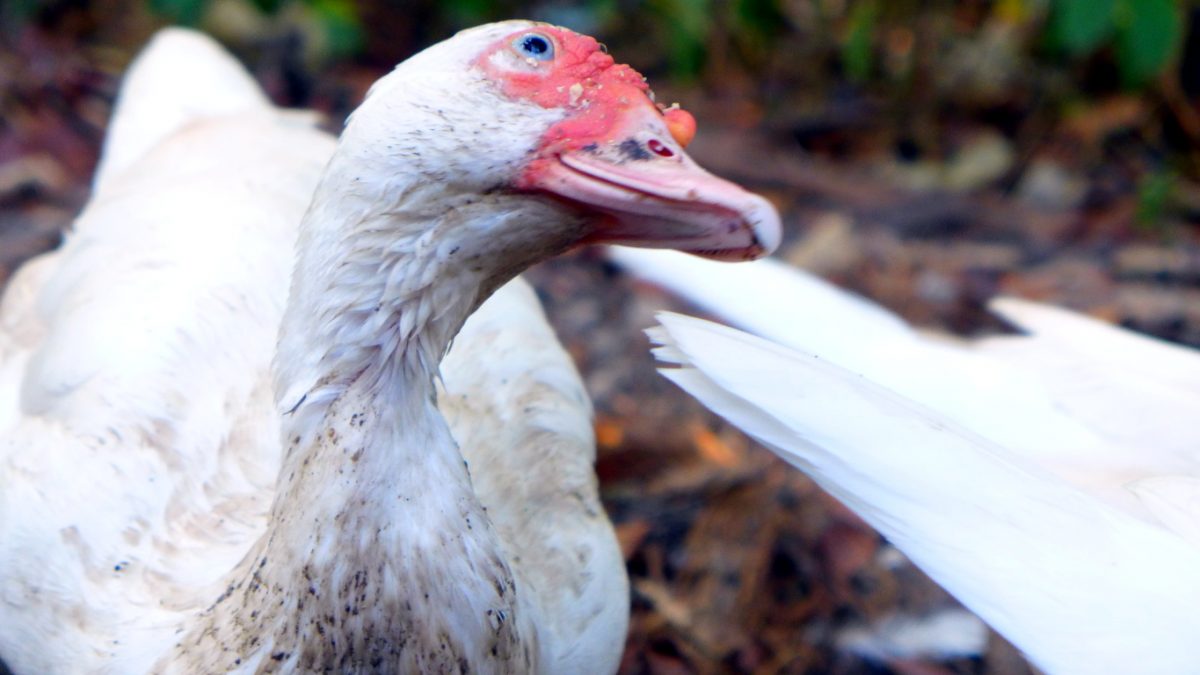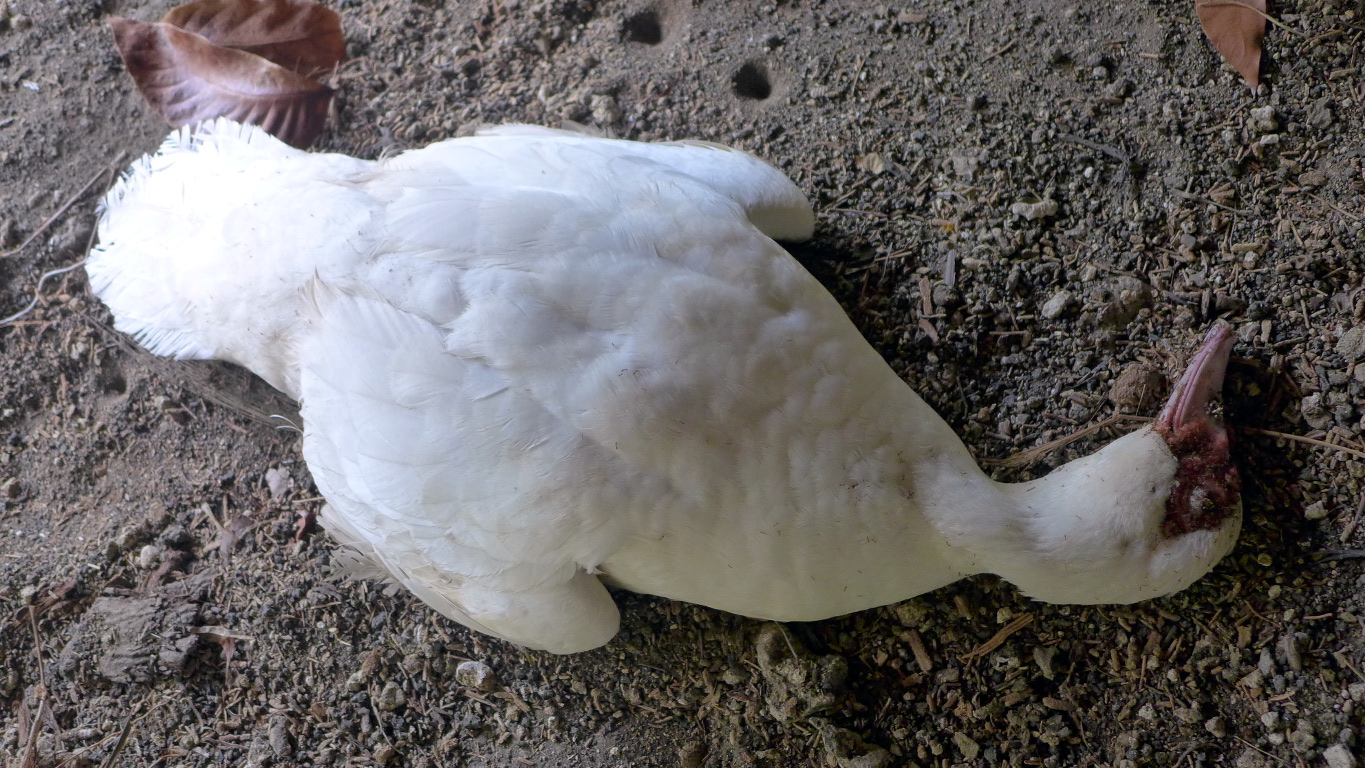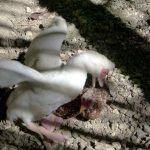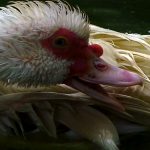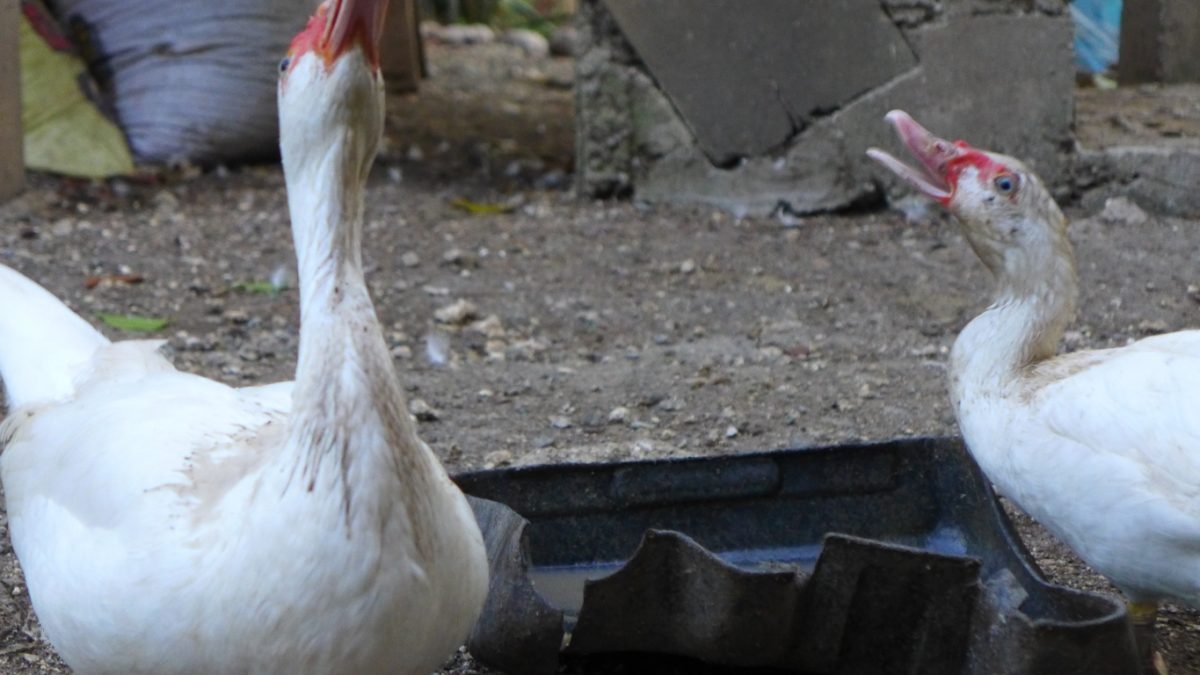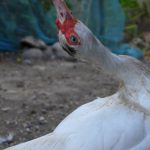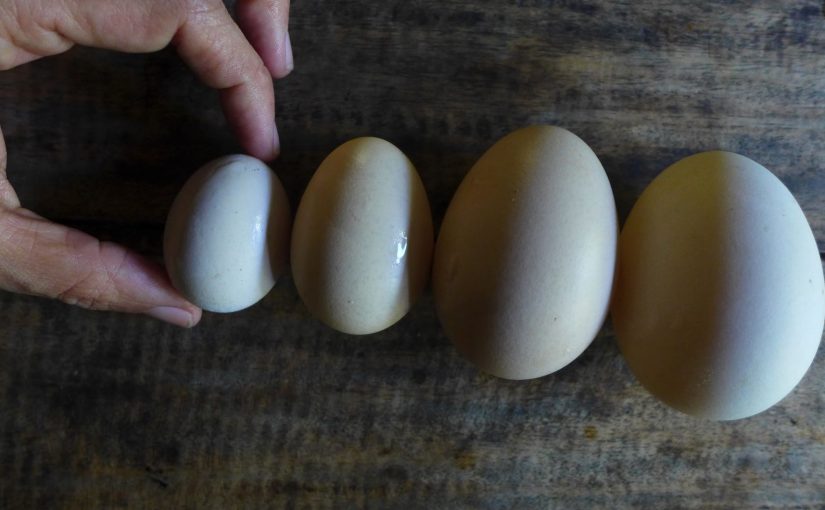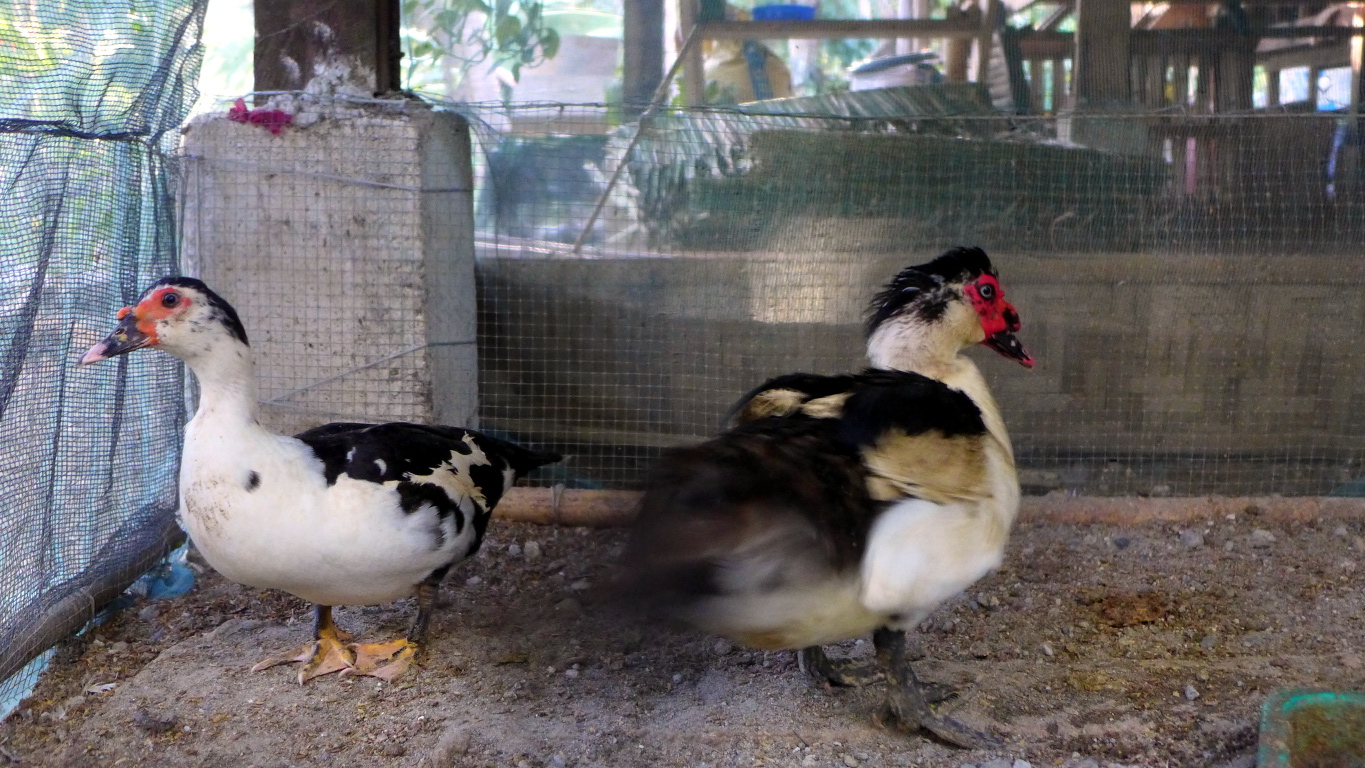
Several months ago, we decided to buy a pair of coloured ducks. Since all of your ducks are white (with the exception of Twisty which was given to us in exchange for one of our white ones), we thought it would be a good idea to introduce some colour into the flock.
The pair are adults, mature and suitable for breeding. Because of their colour, we call them “Daffy.” They came from a farm similar to ours which allows ducks to open range. We placed them in the duck fattening pen to get them used to the new place and prevent them from escaping and returning to where they came from.
In “captivity”, the pair mated and produced 11 eggs. Before the duck hen sat on the eggs, she took one egg out and broke it. This, in retrospect, was a sign of stress. Something which I should’ve addressed immediately.

The eggs were laid on the ground, as ducks often prefer, in one corner of the pen. We placed a sack on one side of the pen in order to cover the eggs from view. However, the duck hen and the eggs are visible at the back and side.
When the duck hen sat on the eggs, we took out the drake to prevent him from forcibly mating her. Our alpha drake, Daddy Duck, encountered this new drake, danced along with him and started a fight. The new drake was easily subdued. This ritual, which would take place again in the next couple of days, established the hierarchy in the flock. After such, there was peace and order.
In the meantime, the duck hen dutifully sat on her eggs and I thought it was fine. Until after 35 days when the eggs hatched in the late afternoon, the nightmare would become apparent in the early morning.
I heard cackling noises from the fattening pen, the type of noise made by ducks when they are angry. When I looked, I saw the massacre of ducklings. Two ducklings still inside their eggs were pecked to death, two ducklings were crushed in the nest, five ducklings were found dead outside the pen as if desperately trying to run away from something. I found one duckling still alive, placed it in a box with a heating lamp but it died within a few hours.
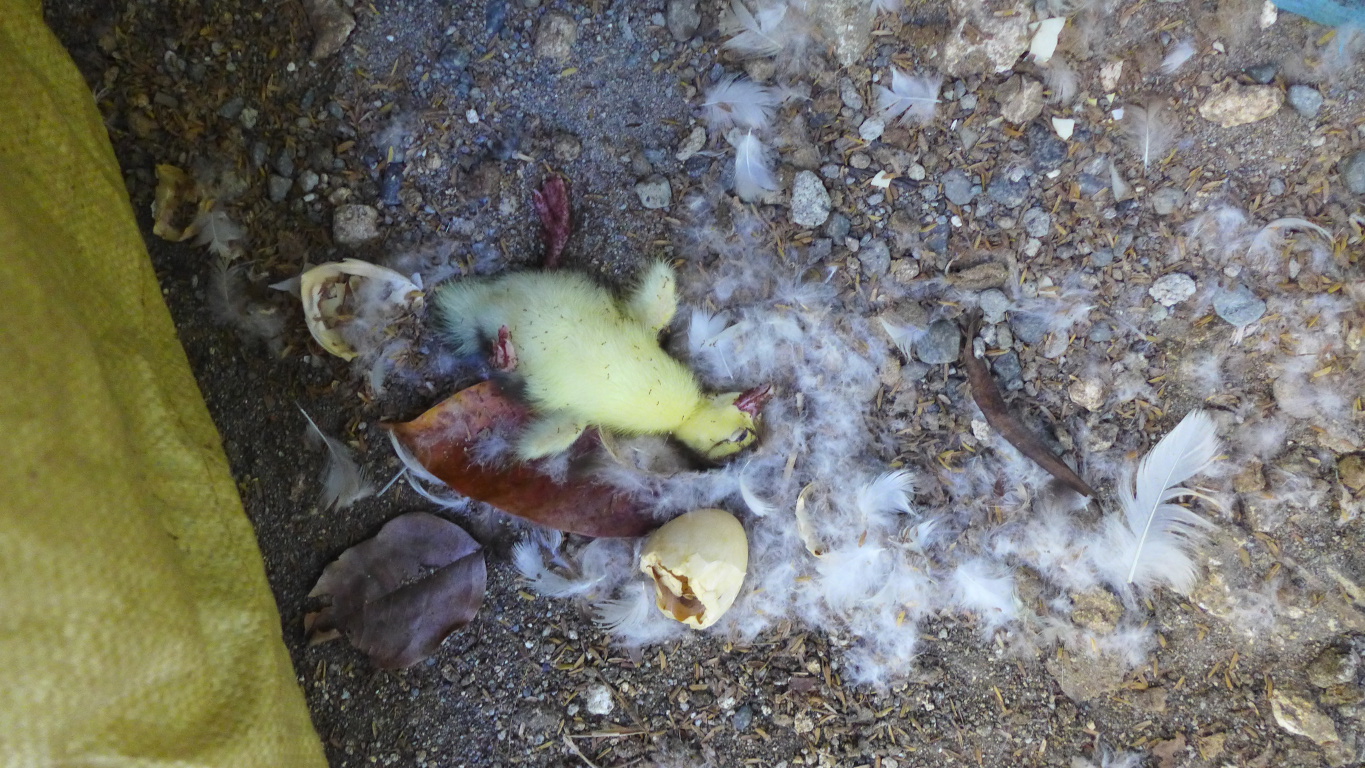
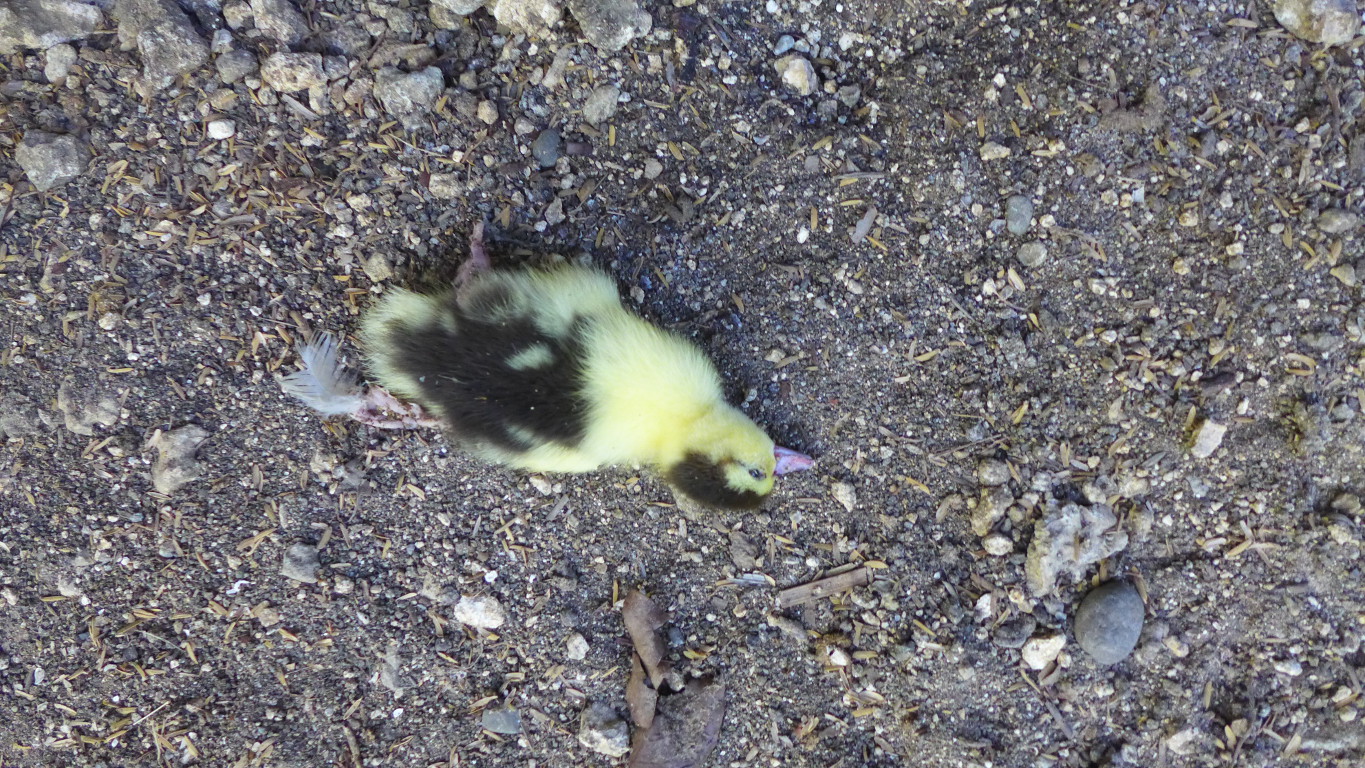
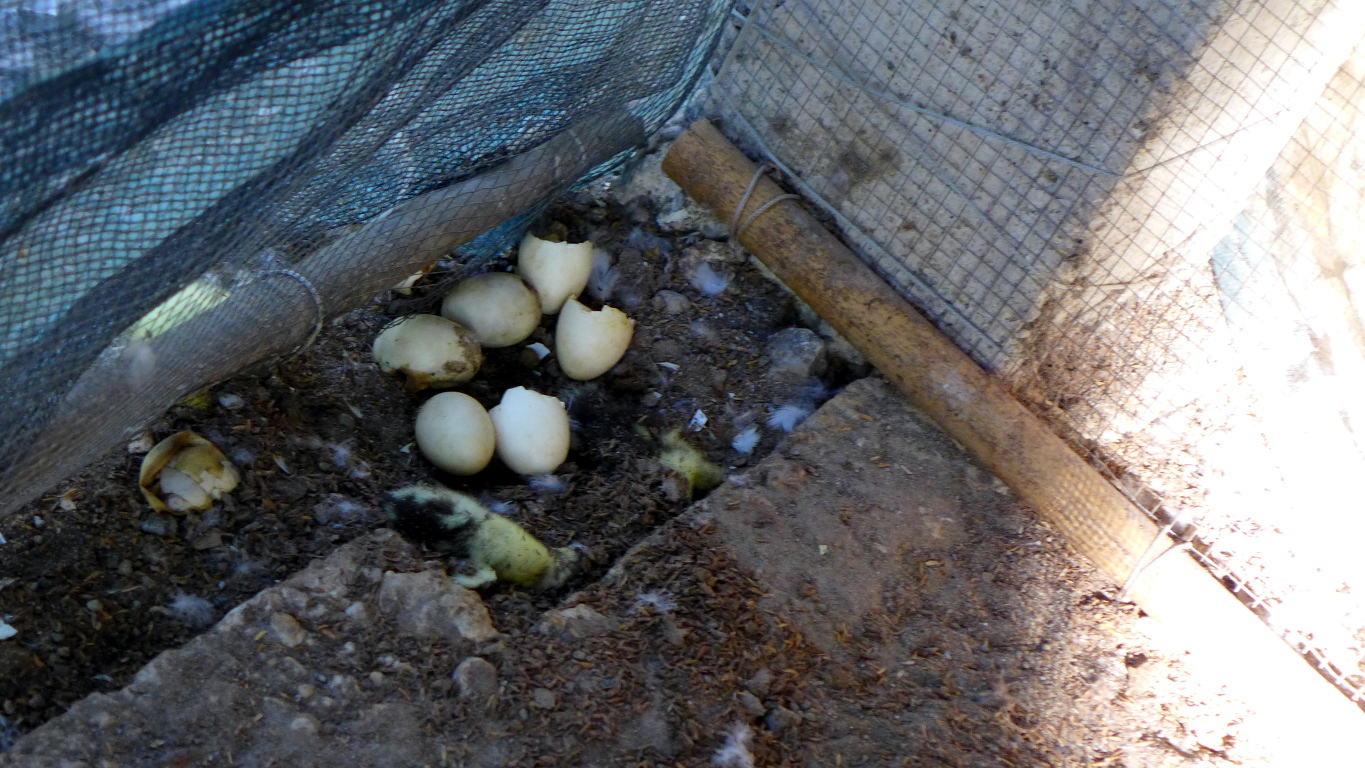
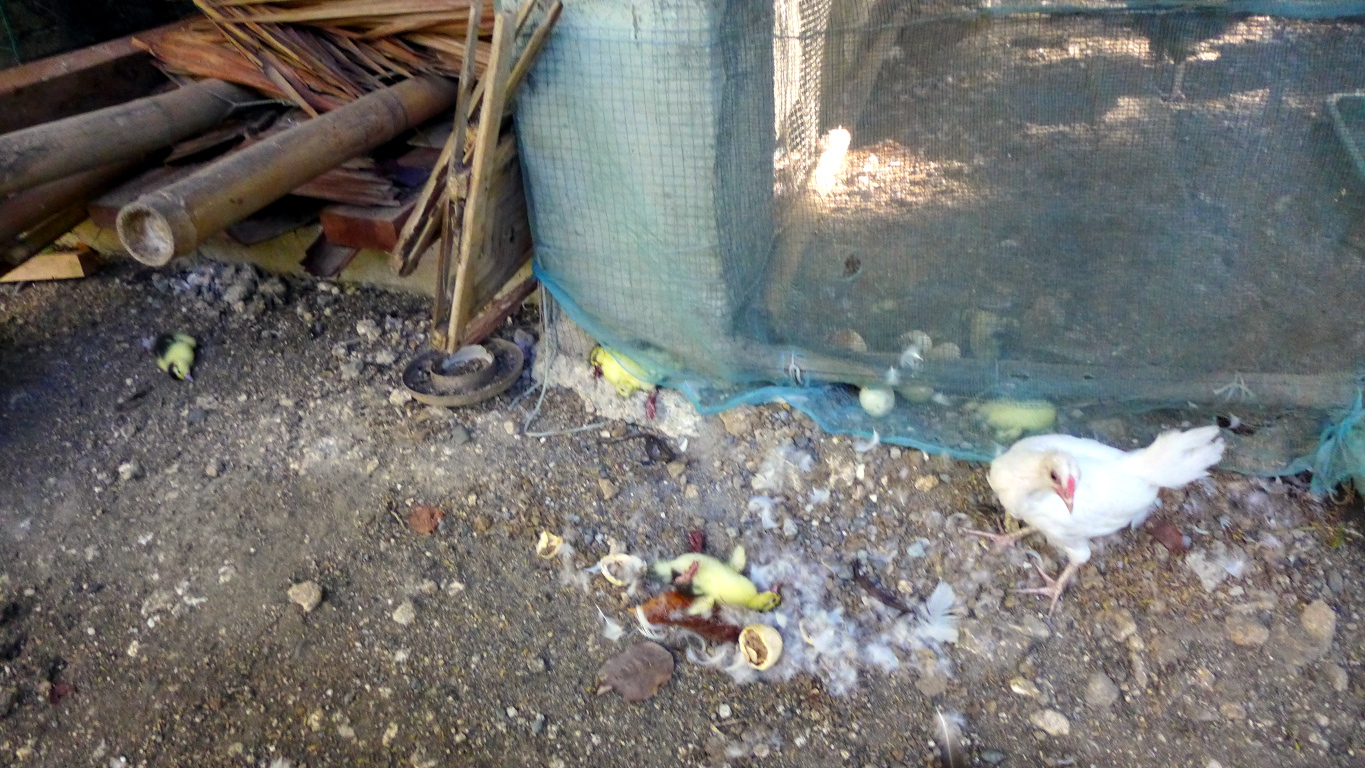
The duck hen, new to the environment, surrounded by unfamiliar people and ducks, was deeply stressed and threatened, prompting her to break one of her eggs and thereafter killing all her ducklings. I am yet to become familiar with signs of stress in ducks and I did not see this until too late.
The duck hen has since been released with her mate and all the other ducks. Both are doing fine. We provide shelter and nesting covers for our ducks and leave it to them to choose where they would like to nest. The drake has sired one duckling as seen in the latest hatchling, and we hope he will have more. The duck hen, in the meantime, has not yet laid new eggs. Perhaps later, in her own time and place.
If the behaviour of breaking eggs and killing ducklings persist, the duck hen will need to be culled.
